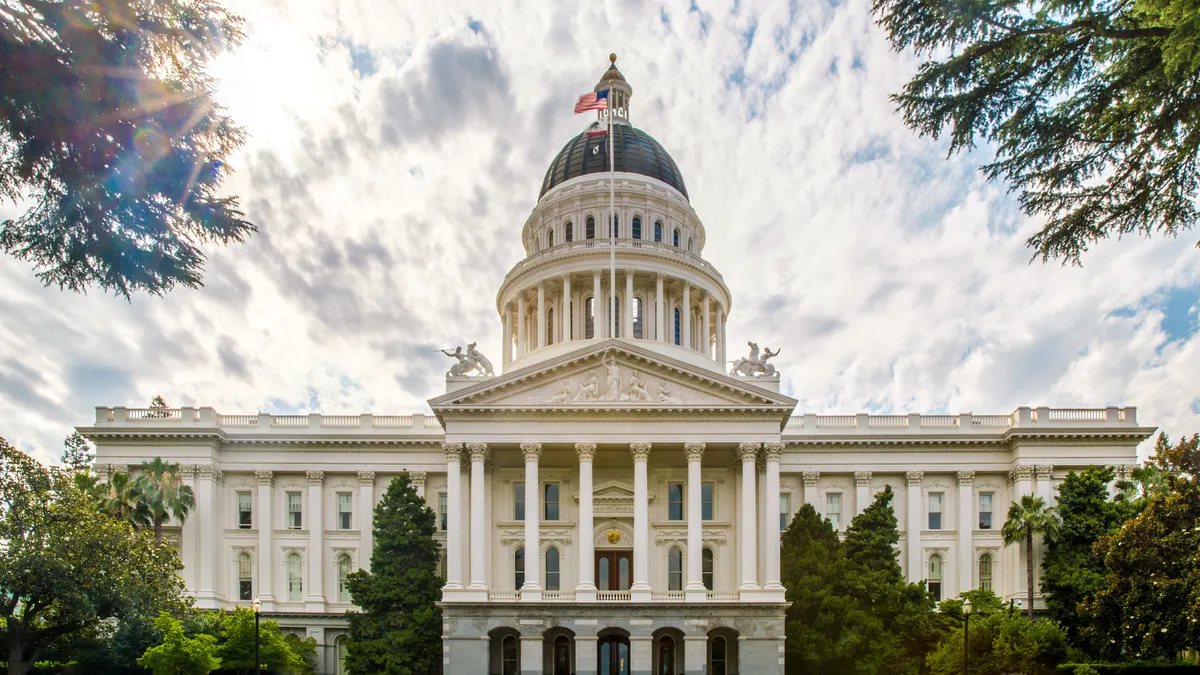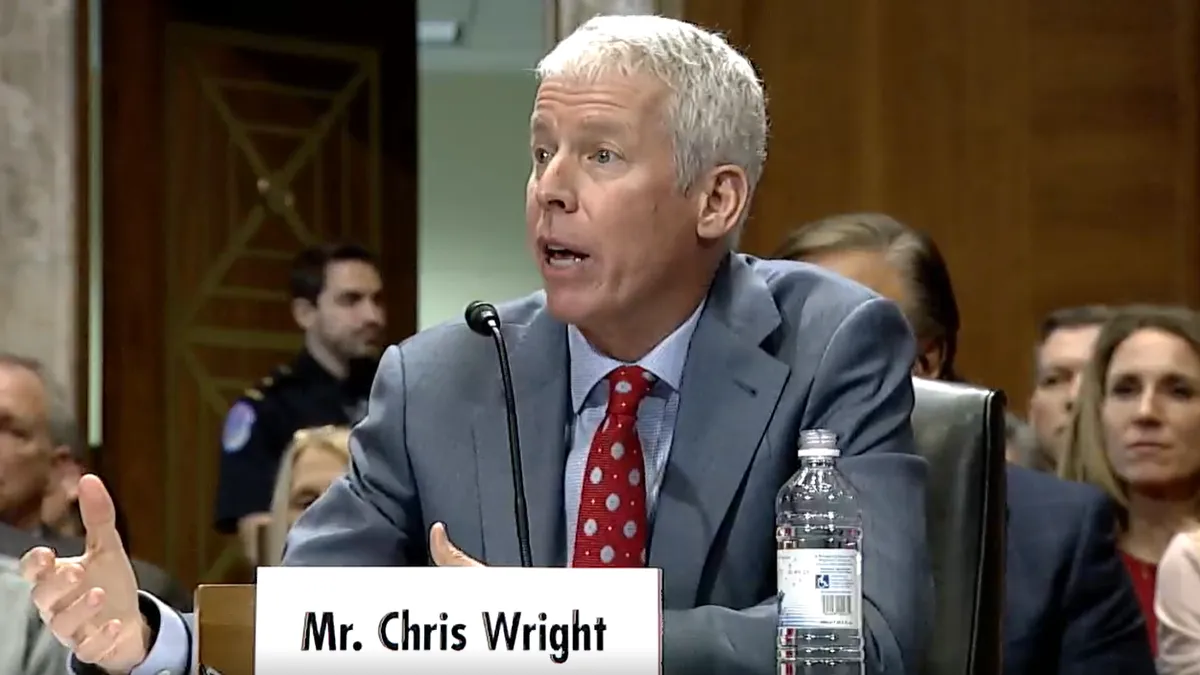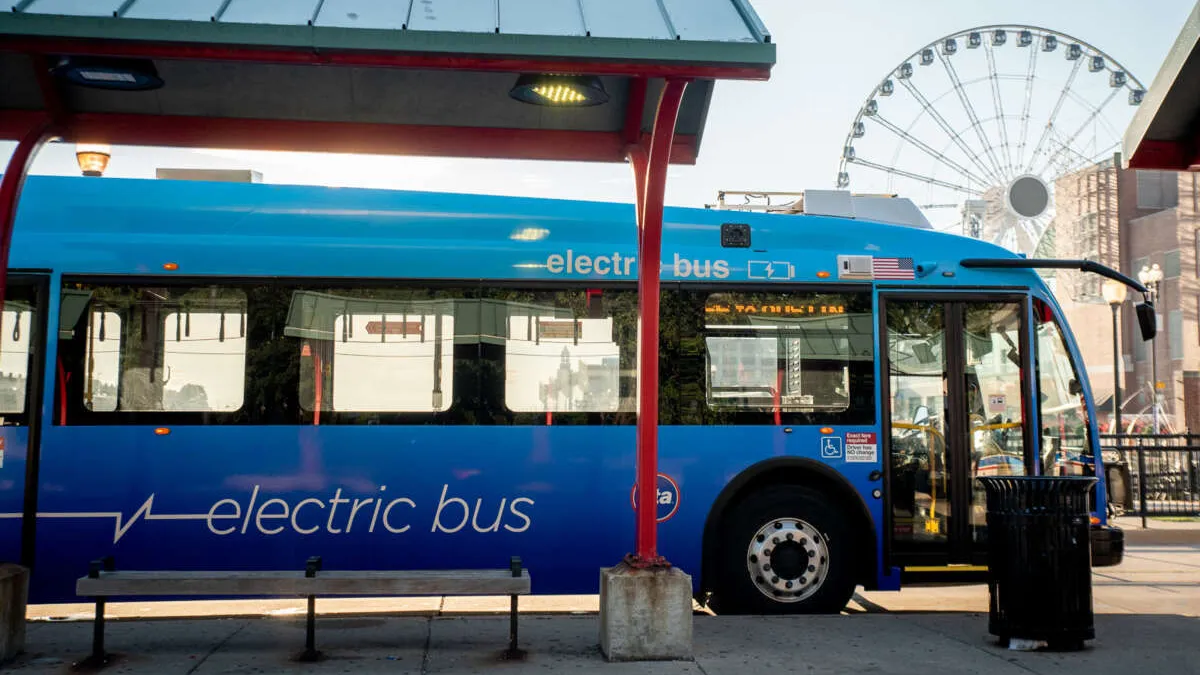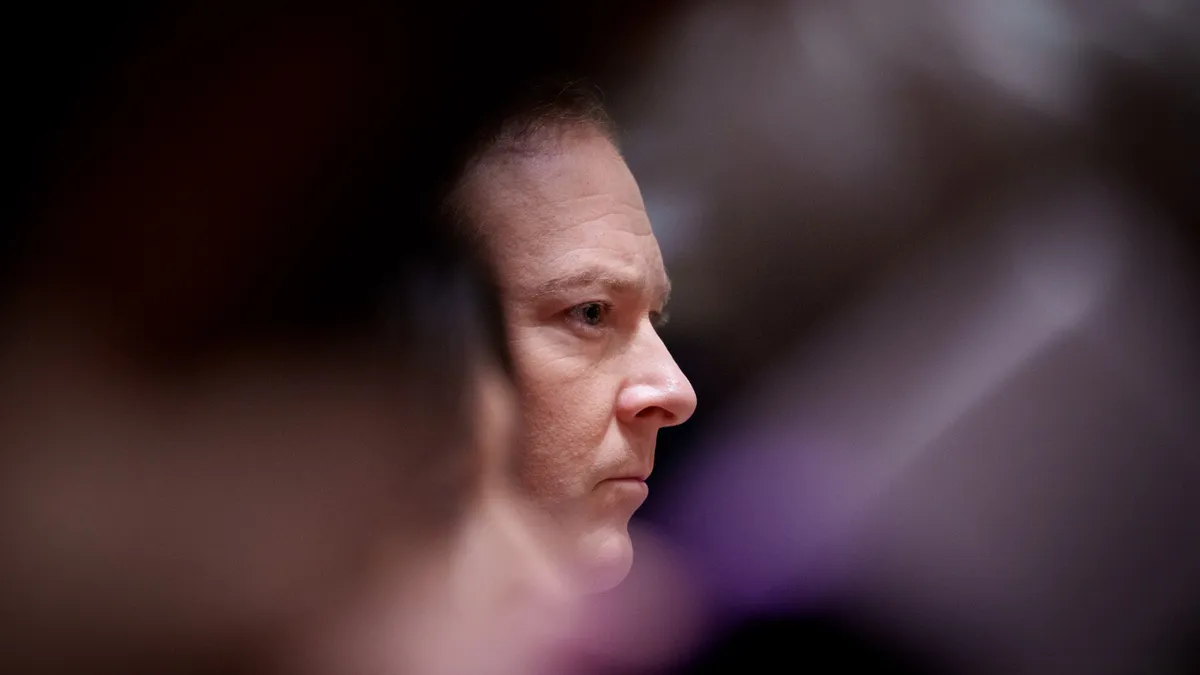Can the world’s sixth-largest economy get to 60% renewables by 2030 and 100% renewables by 2045?
California’s Senate Bill 100 would require just that. Earlier this month senators passed the bill by a 25 to 13 vote. It now faces a stiffer test in the Assembly.
The state’s investor-owned utilities (IOUs) are at 27.6% renewables and well on their way to meeting the present 50% renewables by 2030 mandate, according to the most recent California Public Utilities Commission (CPUC) numbers.
But Pacific Gas and Electric (PG&E) and Southern California Edison (SCE) have declared they are opposed to the bill unless it is amended. And a spokesperson for San Diego Gas and Electric (SDG&E) told Utility Dive the utility is not convinced the bill is “the right pathway” to more renewables.
Some Sacramento insiders say the IOUs could sway the Assembly against the bill. Its sponsor disagrees.
“SB 100 is not a big stretch politically,” Senate President Pro Tempore Kevin De León (D-Los Angeles) told Utility Dive at a recent press conference. De León was the force behind Senate Bill 350, which last year upped the state’s mandate to 50%.
“I made the mistake of not shooting for a higher RPS,” De León said. “The IOUs will probably hit 50% renewables by the early 2020s without breaking a sweat.”
SB 100 does three important things, De Leon said. It moves the 50% renewables mandate up to 2026, it imposes a 60% mandate for 2030, and it establishes a non-mandatory 100% renewables goal for 2045 that can drive regulatory agency and power sector stakeholder planning.
“If not us, who?" De León said. "If not now, when?”
Hawaii is the only other state with a 100% renewables mandate, which it must hit by 2045. But Hawaii is a small, isolated economy with one dominant electricity supplier and high power prices that support a transition to alternative sources.
California’s economy, by contrast, is complex and diverse, with interests ranging from Hollywood to its oil fields. Passing and implementing a 100% renewable energy target there is sure to prove more difficult, and state power stakeholders say debate is only beginning.
Utilities angle for changes
SCE’s “oppose unless amended” position rejects SB 100’s “undefined zero-carbon goal,” according to a letter to De León from Darren Bouton, the utility’s director of state public affairs.
PG&E’s letter from State Government Relations Manager Valerie Turella Vlahos concurred.
“A zero-carbon goal should better define what qualifies as a zero-carbon resource” and “include off-ramps for high costs and reliability concerns,” she wrote.
Both utilities endorsed the state’s efforts to cut electric sector greenhouse gas emissions, but both also objected to singling out the electric power sector.
“SCE believes that the state should pursue emissions reduction opportunities across all sectors,” Bouton wrote.
"Halting climate change cannot be achieved solely through mandates which only impact the electric and natural gas industries,” Vlahos added.
The most significant objection, however, could be reliability concerns.
“Any reference to a 100% RPS target in the statute should be removed” because it “could have a significant negative impact on system reliability and customer bills,” Bouton wrote.
PG&E Spokesperson Lynsey Paulo’s expressed similar concerns that integrating 100% renewables “has never been done before at the scale it would be in California.” The utility “absolutely supports a low carbon and clean energy future," she said, "as long as the RPS compliance rules are no more stringent or restrictive than they are today.”
Spokesperson Colleen Windsor said SDG&E “has not taken a position on SB 100.” It does not object to the 60% by 2030 mandate, but getting to 100% in a way that “balances the need to protect customers from unnecessary costs remains a top priority."
V. John White, executive director for the Center for Energy Efficiency and Renewable Technologies (CEERT), said political circumstances in Sacramento were shaken up by the Assembly’s recent rejection of AB 378, a bill to extend the state’s landmark cap-and-trade program.
It was largely a debate between progressive Democrats who favor climate action and more business-oriented Democrats, White said. “The moderate Democrats showed their strength but there are important differences in the debate about SB 100.”
California’s oil companies, who are not yet significant players in the SB 100 debate, made opposition to AB 378 a priority, White said. “And the building and construction trade unions who opposed AB 378 back SB 100.”
De León’s staff is also working to get the utilities to understand that “the 60% by 2030 mandate is regulatory, but the other 40% by 2045 is aspirational,” he said.
The objective of the 2045 goal is to move planning forward at the CPUC, the California Energy Commission (CEC), and the Air Resources Board (ARB)," the Senate president said. “There are no penalties for not meeting it.”
To keep SB 100 on track, a hearing has to be held in the Assembly Utilities Committee by early July and members must be satisfied with the hearings and with the amendments, White said.
“There is a lot of work to be done but I would not underestimate Sen. De León," he said.
The IOUs declined to discuss strategies on how they could get to the higher renewable energy penetrations. Their position statements on the bill offered few specifics.
“At a minimum,” SCE’s Bouton wrote, SB 100 “should include clarity on what resources may be used for reliability purposes and off-ramps in case of excessive costs or reliability concerns.”
PG&E would like to see rooftop solar and large hydroelectric counted toward meeting the mandate, Paulo said. Examples of making the bill's impacts more economy-wide are extending cap-and-trade and limiting GHGs in the transportation sector.
Clean energy interests push for passage
CEERT’s White said the utilities’ desire to apply SB 100 goals across other sectors of the economy does not necessarily make the politics more difficult.
“There is common ground in the work the utilities, advocates, and the Brown administration are doing to deploy electric vehicles," he said.
SB 100 is “a signal we want more renewables procurement by utilities,” he said. “The IOUs are not buying anything in the near term because they have enough for 33%, and are on their way to complying with 50%.”
But “mandates for just the lowest cost renewable kWh have driven utilities to a least cost compliance strategy,” White said. “That was fine when we were starting to build renewables. The 100% by 2045 mandate should lead to a more robust multi-agency, public, transparent, integrated resource planning (IRP) process aimed at ensuring reliability and cutting GHGs.”
The little-known Energy Principles Group made up of the PUC, the CEC, the California Independent System Operator (CAISO), and the Air Resources Board is not enough, White said. Public coordination of planning by a staff of people that can work together on an ongoing basis is needed to keep today’s siloed IRP process from failing.
Spokesperson Mindy Spatt said consumer advocacy group The Utility Reform Network TURN) backed California’s first RPS in 2002 and is “delighted to see the legislature require continued progress.”
Despite early resistance, the RPS is “the most successful clean energy policy in state history,” Spatt said, and critics’ predictions of transmission constraints and insufficient resources “didn’t materialize." The utility-scale projects that TURN sees as the most consumer-friendly renewables are now “available at prices comparable to dirtier sources.”
CAISO Spokesperson Anne Gonzalez said the state’s grid and power market operator “stands ready to embark on what would be historic clean power strides.”
The ISO is committed “to working through new operational challenges, including oversupply and ramping,” Gonzalez said. It is also working on new solutions, including “storage, western energy imbalance market expansion, regional market integration, demand response, time-of-use rates and electric vehicles.”
Peter Miller, western energy project director at the Natural Resources Defense Council (NRDC), said the utilities' concerns are understandable.
“This is ambitious and new but they had the same concerns with earlier versions of the RPS," he said. "We will find a way to make SB 100 work and we will find the costs are not as high as expected.”
It will, he agreed, require significant changes in grid operations. “This is not Thomas Edison’s grid and it is not as easy as turning power plants on and off to meet demand.”
Setting the targets
Miller does not think changes to grid operations and resource portfolio obligations need to be detailed by the bill.
“Whether they are in the same legislative vehicle is a question of what works politically and is up to the bill's author,” he said.
The legislature and the governor's office set the targets, Miller said. Regulators, IOUs, and other stakeholders will develop “an overall plan in the IRP proceeding that considers both individual resources' costs and their value to the system.”
A focus on specific GHG reductions in SB 100 is also not critical, he added, because other California legislation requires that and the final IRP product will have to meet those requirements.
“We should not overly constrain the private sector,” Miller said. “There are plenty of new technologies. We need to set loose innovation so we end up building different types of technologies. Studies show a diverse portfolio of resources is best.”
SB 100 can certainly get through the Assembly, though the IOUs may have “the political clout” to stop it, Miller acknowledged. He is hopeful because “it is a slimmed down bill and the more controversial proposals have been removed.”
Union of Concerned Scientists (UCS) Senior Energy Analyst Laura Wisland endorsed De Leon’s separation of the mandatory 60% by 2030 standard and the aspirational 100% by 2045 goal.
“Accelerating to 50% in 2026 and moving to 60% in 2030 is not that big of a stretch,” Wisland said. “It’s best to keep the 100% zero-carbon by 2045 goal as something in statue that says, ‘this is the vision.’”
She was even more emphatic than Miller that SB 100 should be separate from other legislative and regulatory initiatives that will make it work. Detailing provisions for how a 2045 resource portfolio should be allocated or implemented would be “micro-managing” what should be an long-term goal and vision for planners, Wisland said.
There may be tweaks to the language that would address utility concerns, she acknowledged. An example would be clarifying language that differentiates the 50% and 60% mandates from the 100% carbon-free planning goal. Beyond that, Wisland said, the streamlined content of SB 100 should largely remain as it is.
IOU concerns about reliability are understandable but multiple analyses of potential resource portfolios show “this is an economic issue, not a reliability issue,” she said.
Planning will be needed to grow renewables, phase out existing fossil fuel generation, and add flexibility to avoid exacerbating solar over-generation and renewables curtailment. Focus will likely be on flexible load, targeted energy efficiency, energy storage, and better coordination with other grids, Wisland said. But those solutions don’t need to be in SB 100, she insisted.
They will be central to the CPUC IRP proceeding, which will also include “the larger question of the role of natural gas in California,” she added. “UCS analysis shows essential grid services provided by zero carbon resources rather than natural gas will be faster-responding and create more room on the system for renewables.”
Such issues may eventually also be addressed by legislation “but they should not be addressed in this bill,” Wisland said.
Miller, Wisland, and White agreed further legislative or regulatory efforts to expand California’s market and grid regionally should be at the top of planners’ agenda.
They also agreed that, as White said, California must have “a more integrated procurement strategy that recognizes the value of solar and wind to provide grid reliability services."
Equally important, De León told Utility Dive, is that the state will not let “climate change liars” in Washington, D.C., deny the “existential threat to our planet, to our children, and to our economy.”
California “will stand behind the clean energy industries and that is a principle bigger than partisanship and more powerful than any president," he said. "Some of our finest moments will come from our darkest hours.”



















